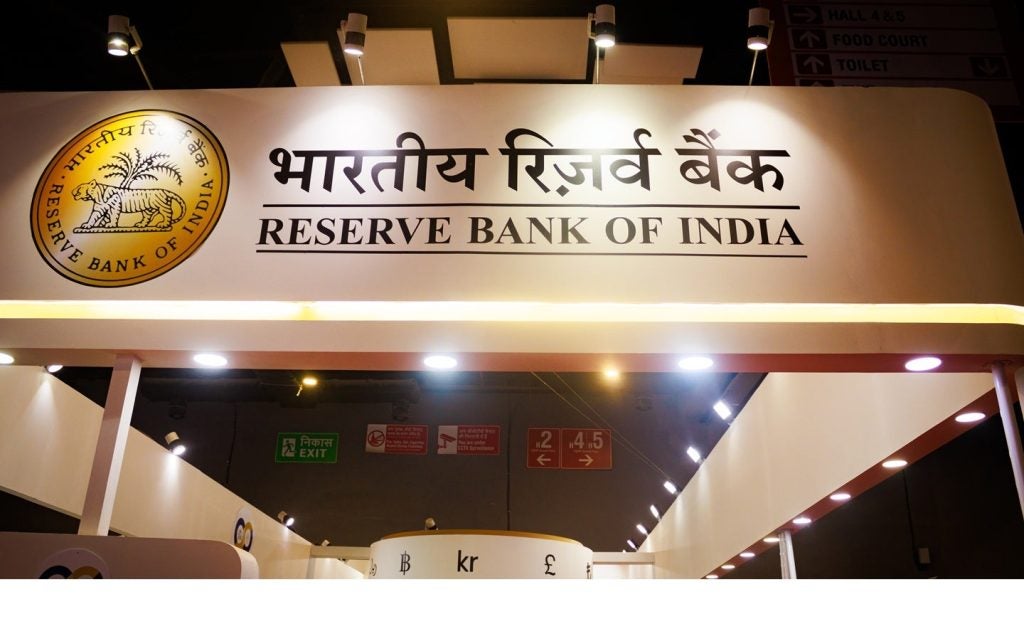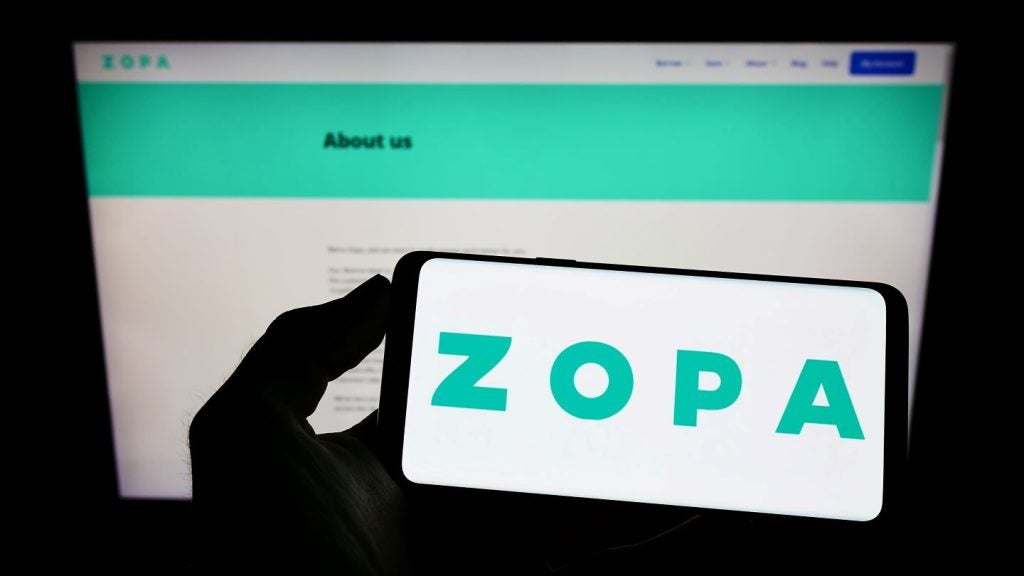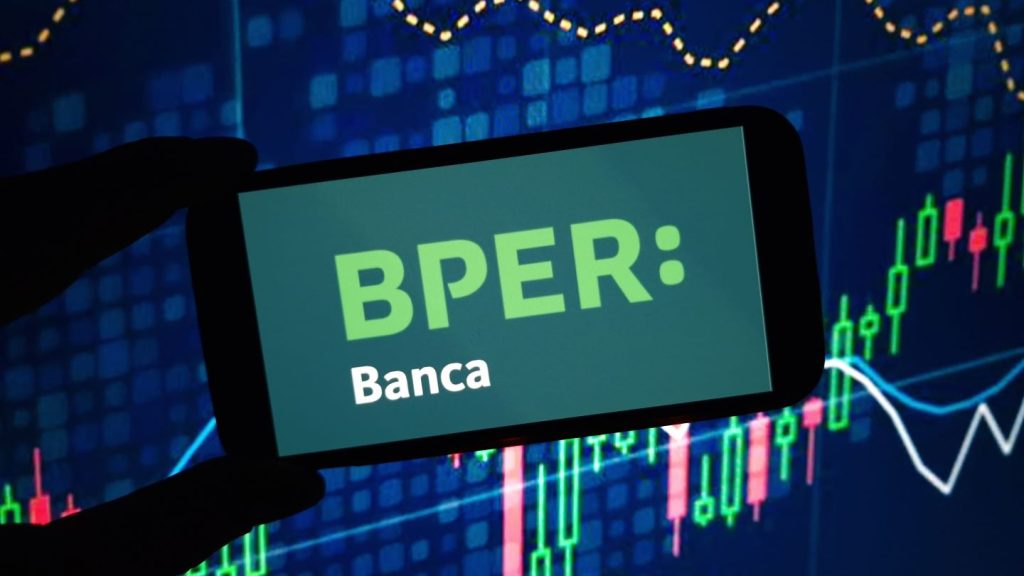Westpac H1 2O23 net profit rises by 22% y-o-y to A$4.0bn ($2.72bn) slightly ahead of analyst forecasts. First half retail banking highlights include a 7% y-o-y rise in net profit to A$1.76bn
Net retail banking loans increase by 3% to $480bn while deposits rise by 6% to $294bn. Expenses are down by 3%.
Westpac H1 2O23 highlights
At group level, the net interest margin is up 5 basis points to 1.96%. Net interest income increases by 10% to A$9.11bn. This reflects the increase in NIM and a 7% increase in average interest earning assets. Growth is driven by owner-occupied mortgages, and business loans in business bank and Westpac Institutional Bank.
The business banking unit posts net profit up by 256% y-o-y to A$851m. Net loans rise by 6% with expenses down by 7%.
Group operating expenses are 7% down from H1 2022. This Is partly driven by businesses sold. Underlying operating expenses are down by 1% on H1 2022. Notably, the cost-income ratio drops to 45.3% from 52.8% in H1 2022.
Westpac’s CET1 capital ratio of 12.3% Is above its CET1 capital target range of 11.0% to 11.5%. Return on equity is up 205 basis points to 11.3%. Earnings per ordinary share are 114.2 cents, up 26%. The Westpac interim dividend rises by 15% to A$0.70.

US Tariffs are shifting - will you react or anticipate?
Don’t let policy changes catch you off guard. Stay proactive with real-time data and expert analysis.
By GlobalDataWestpac H1 2023 less positive metrics
Non-interest income is 3% lower but excluding notable items and the impact of businesses sold increases by 3%. Credit impairment charges are $390m or 10 basis points of average loans. This compares to 4 basis points of average loans in 1 2022. Impairment provisions are up 5%.
Notwithstanding the bank’s success in cutting its cost-income ratio, it plans to ditch its current cost cutting targets. In future, the bank will shift its focus from an absolute expense target to improving the expense to income ratio relative to peers. Westpac says it is making thus change due to expected continuing inflation pressure, ongoing and new risk and regulatory requirements, and its focus on growth.







